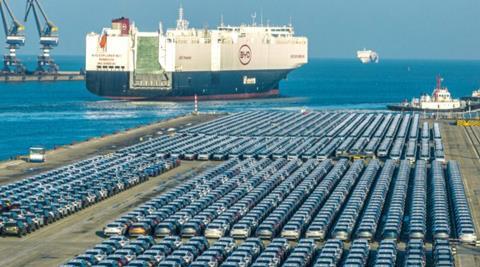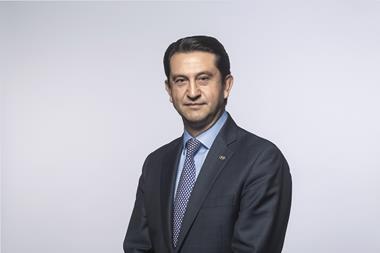Chinese electric vehicle maker BYD has signed a memorandum of understanding (MoU) with Hyundai Glovis to share vessel capacity for deep-ocean finished vehicle shipments between China and BYD’s export markets.

Under the terms of the agreement Hyundai Glovis will use available capacity on BYD’s pure car and truck carrier (PCTC) and in return BYD will have the option to export its vehicles using Hyundai Glovis’ own PCTCs.
The shared capacity agreement was signed on September 23 by Kim Tae-woo, managing director of the shipping division at Hyundai Glovis, and Wang Junbao, general director of the corporate division of BYD.
A spokesperson for Hyundai Glovis told Automotive Logistics that the MoU is a starting point for future collaboration. “Under the agreement, both parties will explore cooperation on global container logistics operations and joint utilisation of PCTCs,” said the spokesperson. “We believe the efficiencies gained from space sharing between the two companies will ultimately have a positive impact on other shippers as well. Hyundai Glovis plans to grow its fleet from around 90 PCTCs today to 128 by 2030.”
At the end of last year it announced investment of $1.89 billion in 12 dual-fuel car carrier vessels that will be able to run on liquified natural gas (LNG). Each ship will be able to carry 10,800 car equivalent units (CEUs) are expected to be complete by 2027.
In the face of capacity constraints for finished vehicle shipments BYD is investing in its own vessels, the first of which – BYD Explorer No. 1 – began service in February this year. It is the first of eight planned car carriers in which the carmaker is investing. Other Chinese carmakers have also taken steps to secure ro-ro capacity for vehicle shipments, including Chery International and JAC.

























![Global[1]](https://d3n5uof8vony13.cloudfront.net/Pictures/web/a/d/s/global1_726550.svgz)













No comments yet